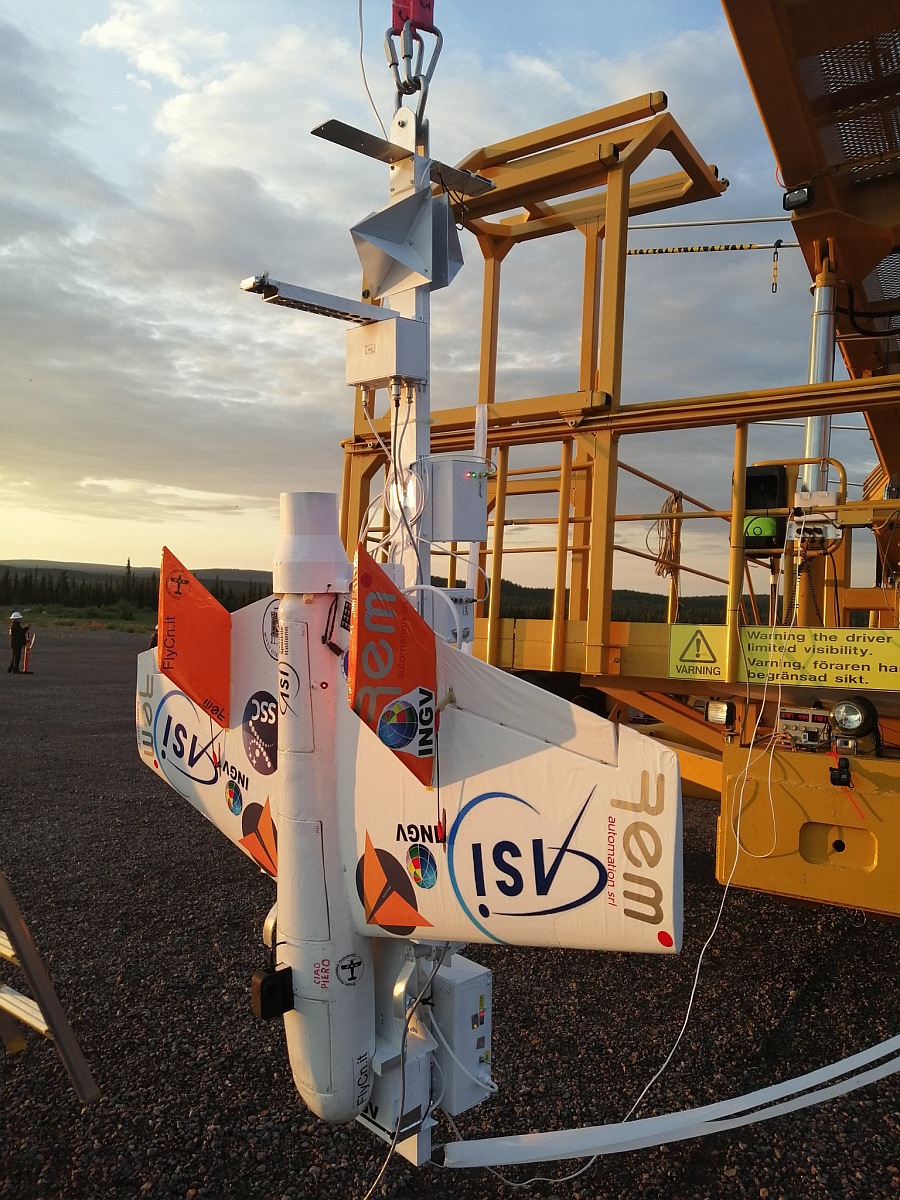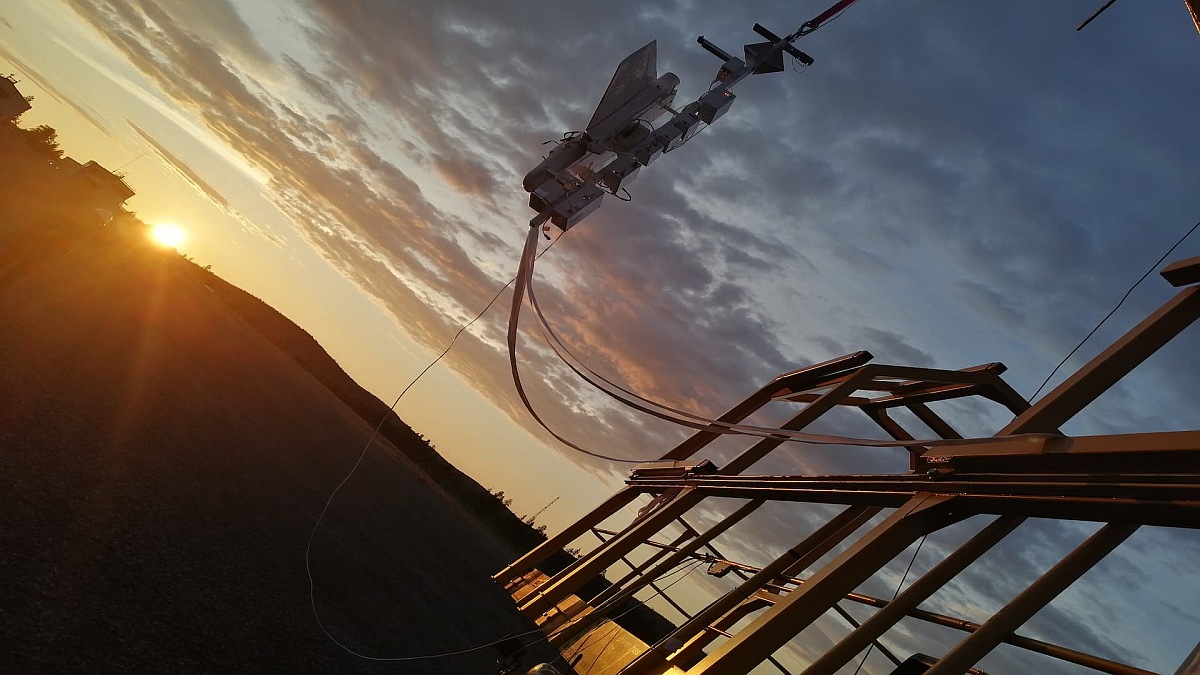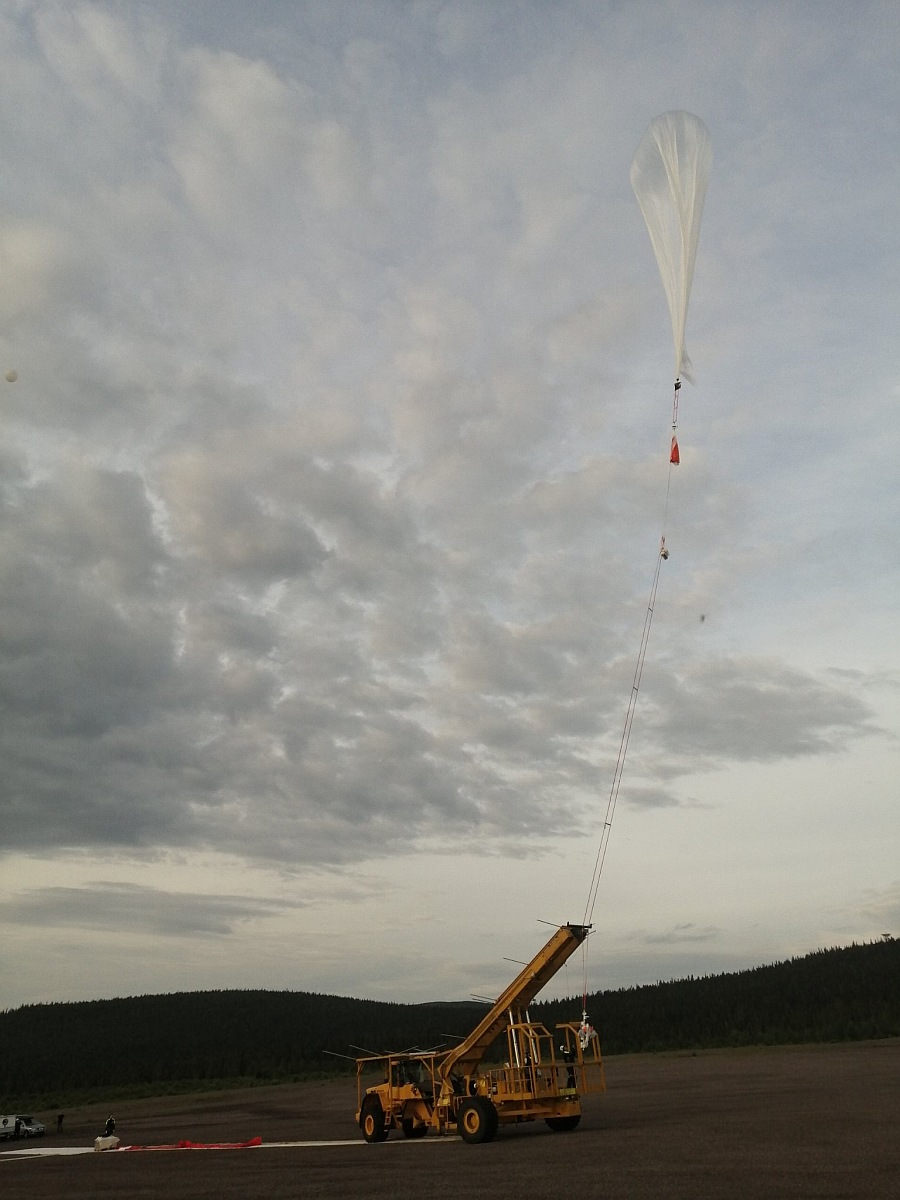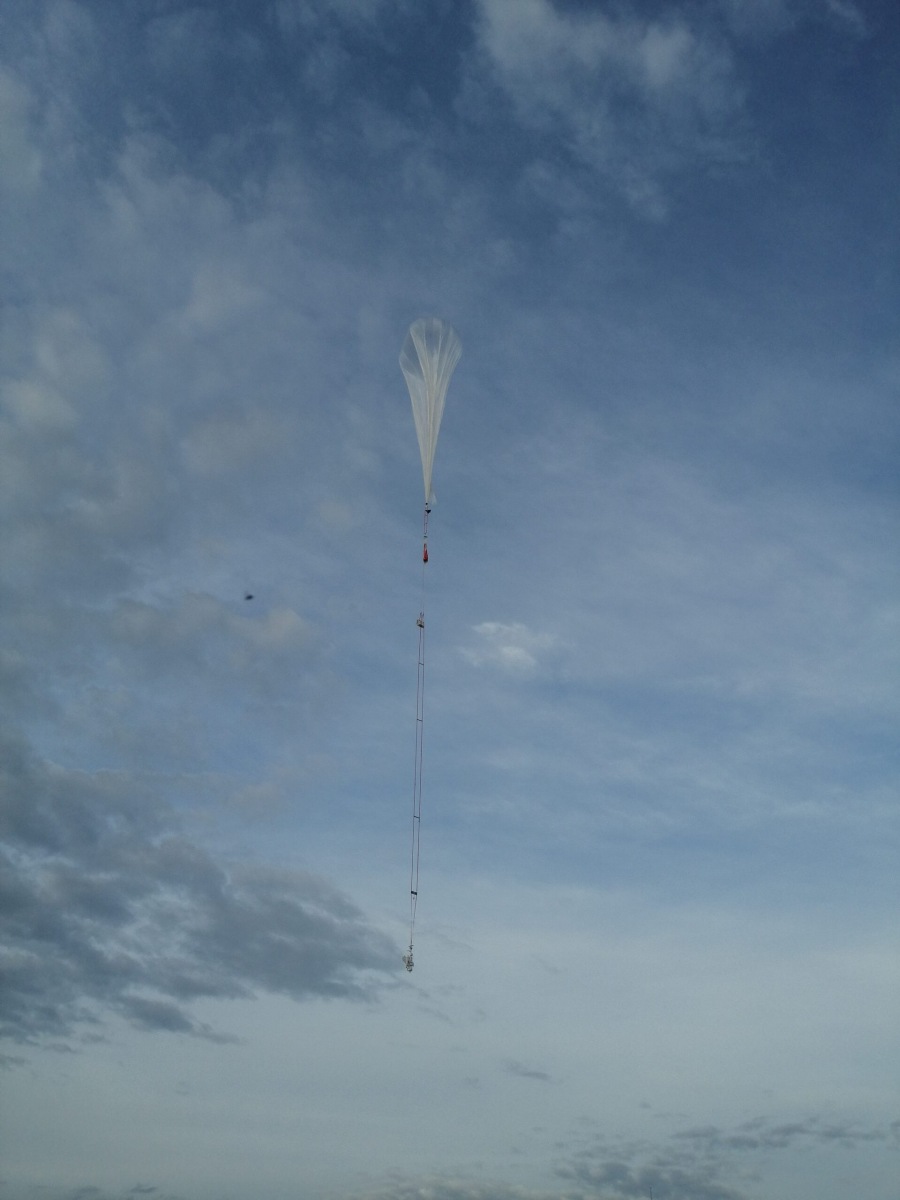Purpose of the flight and payload description
HEMERA is a Research Infrastructure funded by the Horizon 2020 framework Programme of the European Union which integrates a large starting community in the field of tropospheric and stratospheric balloon-borne research, to make existing balloon facilities available to all scientific teams in the European Union, Canada and associated countries. The complementary of the HEMERA members capabilities in the field of balloon systems and operations will offer an easy and enhanced service to the scientific community. A wide range of scientific and technical themes are addressed, such as astronomy, atmospheric physics and chemistry, climate research, fundamental physics, biology, space research and technology.
The HEMERA project sets up a large consortium dealing with balloon-borne research, that will encompass 13 partners from seven countries including space agencies, balloon companies and scientists from the atmospheric sciences, astronomy and astrophysics communities.
In this flight, the payload was HERMES acronym for HEmera Returning MESsenger, an autonomous glider capable of physically carrying data and samples from the stratospheric platform to a recovery point on the ground. The glider itself can also transport instruments and can make measurements during the flight. The vehicle is a cooperative development between two Italian institutions: Istituto Nazionale di Geofisica e Vulcanologia and the Sapienza Università both from Rome and funded by the Agenzia Spaziale Italiana (ASI). The project is aimed to help to recover data from long duration balloon missions operating for example in polar areas were recovery is near impossible during winter.
The glider is a carbon fiber reinforced foam structure, a compact and robust design, self-stable, which has been shown to steer correctly in the lower stratosphere. It is installed on the balloon payload through a remotely controlled release system (which provides its own direct radio link and satellite communications), and connected to the main computer to receive data and geographic coordinates of the recovery point. The glider trajectory can be monitored with Iridium SBD, and remotely controlled using Iridium too.
The development of the glider started originally in 2014 as an autonomus project called ABACHOS (Automatic BACk HOme System).
Details of the balloon flight
Balloon launched on: 7/24/2022 at 4:25 utc
Launch site: European Space Range, Kiruna, Sweden
Balloon launched by: Swedish Space Corporation (SSC)
Balloon manufacturer/size/composition: Zero Pressure Balloon
End of flight (L for landing time, W for last contact, otherwise termination time): 7/24/2022 at 6:40 utc (L)
Balloon flight duration (F: time at float only, otherwise total flight time in d:days / h:hours or m:minutes - ): 2 h 15 m
Landing site: 65 km E of launch point
External references
- HEMERA initiative web site
- Interactive flight path of the balloon obtained via ADS-B Exchange
- Progetto HEMERA, lanciato il payload Hermes ASI website (in Italian)
- Website of the ABACHOS project
16139If you consider this website interesting or useful, you can help me to keep it up and running with a small donation to cover the operational costs. Just the equivalent of the price of a cup of coffee helps a lot.





